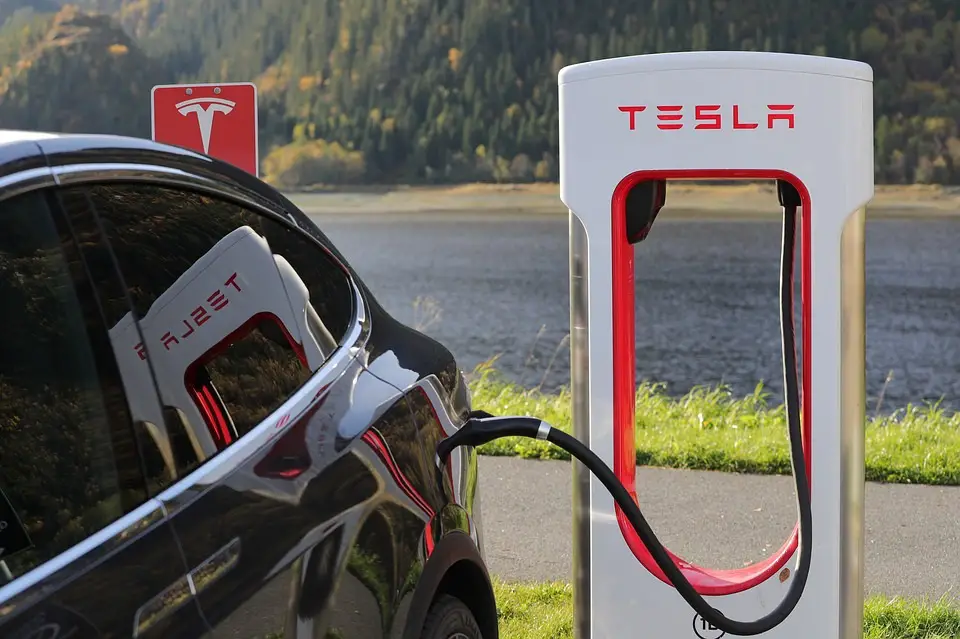As Electric vehicles take more and more market share, one of the biggest points detractors make is that a combustion engine can run until the engine wears out, possibly 20 or 30 years later. Then the only cost is to replace the engine which is a small percentage of the value of a car.
Electric vehicles, by contrast, will only run until the battery loses the ability to charge. As anyone who has had a cell phone for a few years knows, it is frustrating to have a piece of high technology which ceases to function simply because a lowly battery has worn out. At that point the battery must be replaced, and in EVs, often that can exceed the cost of the car, assuming the batteries are even still made for the model, and can be acquired. And even worse, the old batteries are a considerable environmental hazard.
However now a Tesla researcher is about to introduce a new battery which it is said will last for 100 years, and propel the car 4 million miles, before needing to be replaced. That would mean when you bought a car, it would be almost certain the batteries would still be running and propelling the car long after you had died.
Most Tesla fans have heard of researcher Jeff Dahn, a professor at Dalhousie University and an expert in high capacity batteries. He has worked with Tesla for years studying the capacity and energy density of lithium ion batteries, as well as pioneering ways to reduce their costs.
Now a research group he is operating with has published a paper in the Journal of the Electrochemical Society which claims to have discovered how to create a battery which could last 100 years under the right conditions.
The paper compares cells based on a newer Li[Ni0.5Mn0.3Co0.2]O2 chemistry (“NMC 532”) to the older LiFePO4, or Lithium Iron Phosphate chemistry (aka LFP). Tesla is already using that technology in Chinese-built standard Model 3 cars it sells in Europe.
The LFP technology is not as energy dense as Lithium-ion technology, but it is cheaper, safer, and more durable. It can last up to 12,000 charge-discharge cycles, which is quite impressive. However Dahn notes he has already tested his newer NMC 532 batteries for 2,000 charge-discharge cycles, and they have shown absolutely no capacity loss. Extrapolated out, Dahn estimates a 100 year lifespan for the battery. The only reason he has not yet confirmed that number rather than extrapolated it is he has not had 100 years to run the battery yet, given he has only been working with the technology since October of 2017. So far, he has been testing the batteries for 4.5 years of continuous 24 hour cycling, and the batteries have only seen a 5% degradation. He has calculated that would work out to about 4 million miles per battery.
Observers noted Dahn previously gave a keynote speech at an international battery seminar in Orlando, where he quoted numbers present in this paper, and described such a battery as a 4 million-mile battery. Observers now think he was describing his new work.
Part of the reason for the longevity is the new technology incorporates a single crystal cathode, and opposed to the older polycrystalline cathode. The newer cathode degrades more slowly during charge-discharge cycles.
And while the application of these batteries in cars sound promising, the massively increased charge-discharge capacity means we may see them used for other uses such as vehicle to grid applications. Vehicle to grid describes an application where cars can be plugged into the grid and store power, such as during periods when power usage is low, and then feed power back into the grid during high usage periods which might otherwise result strain power generation capacities, and result in brown-outs or blackouts. Presently, such an application would be limited by the fact it would only hasten the already short lifespans of EV batteries, wearing expensive cars out, before they are even driven.
However this new technology would eliminate the worry of exhausting a battery’s charge-discharge cycle capacity. That would mean every EV in an area that could be plugged into the grid would act as a buffer for usage, taking up electricity during periods of low usage and excess capacity, and taking strain off the grid during periods of highest usage by feeding additional power capacity into the grid. They could even supply power to homes during power outages, like a home generator. This could be especially useful as the transition to renewable energy is implemented, and the renewable energy sources are found to have highly variable, or even intermittent outputs..
Some are even saying at the rate battery technologies are developing, from Dahn’s work to lithium sulfur developments such as from Theion and ultra-rapid charging technology such as StoreDot’s, the once golden prospect of a hydrogen economy may end up being far too little, far too late, as batteries solve the energy problem entirely by themselves.


